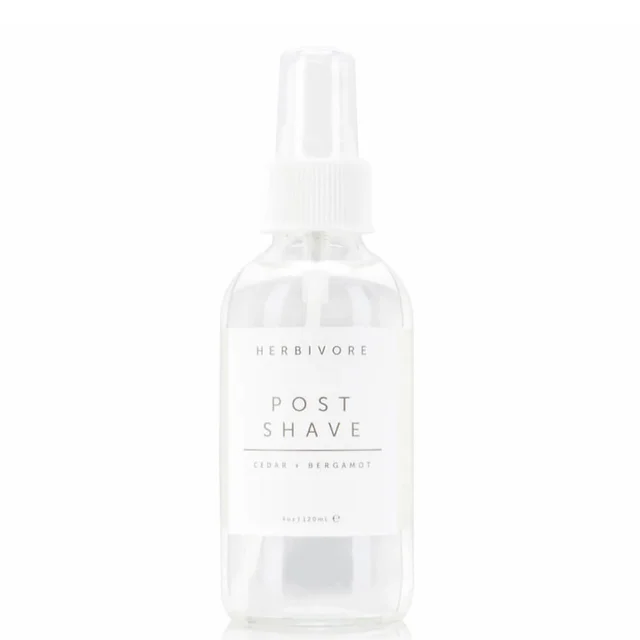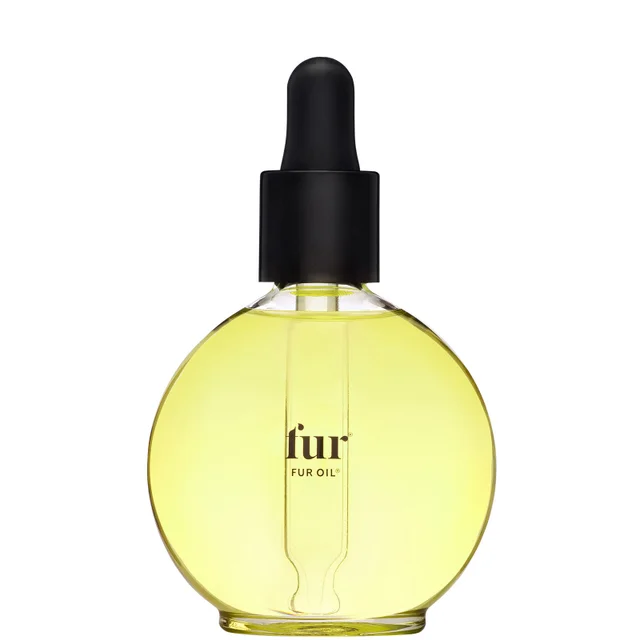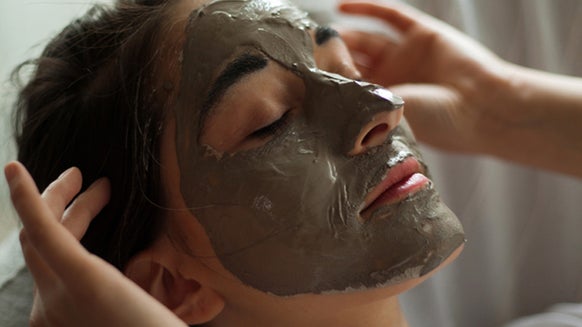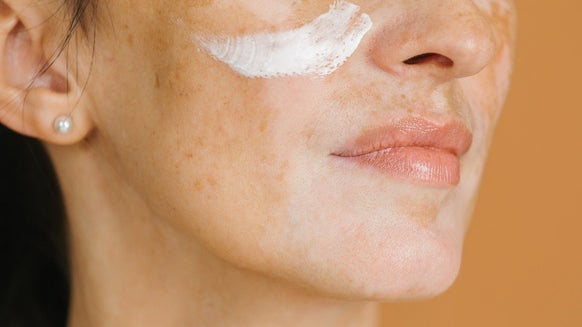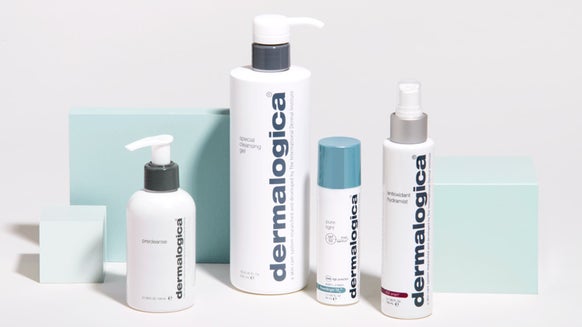Everything You Wanted to Ask About Ingrown Hair
Ingrown hairs can be deceiving. On one end, they resemble a pimple with a raised pore and whitish bump on top. And on the other end, they consist of a small strand of hair trapped under multiple layers of skin. Sometimes they’re small and barely noticeable and sometimes they’re large and all kinds of uncomfortable. No matter what they look like, getting rid of them can be a pesky task (especially if you’re someone who likes to pick).
Want to know the best way to get rid of an ingrown hair? You’re in luck. Bree Goldwater, founder of BOX® Human Landscapers®—one of the first niche waxing salons in the country to specialize exclusively in Brazilian and bikini waxing—and waxing extraordinaire spills her secrets on how to get rid of ingrown hairs (and how to prevent ingrown hairs from happening in the first place), ahead.
1. What is an ingrown hair?
"An ingrown hair will appear as a small grayish spot under a couple of layers of skin, a small blackhead-looking spot or a larger reddish-colored one with maybe a whitish bump. Could be as large as a nickel for those that are very inflamed and irritated. Typically, an ingrown hair will be soft if you push down or around the edges gently. If it seems hard or has that ball-bearing feel and possibly just red—or something raised with a non-smooth texture—that’s probably not an ingrown."
An allergic reaction due to waxing seems to be fairly rare in all my years. However, if it were to occur, it would most likely look like little red bumps all over just the waxed areas or (possibly) white, welt-looking bumps. It may be itchy as well.
2. What is the best way to get rid of ingrown hair?
The safest way is to leave it alone and let it heal on its own. There is another way to expedite the healing process—which is pretty much like pricking a pimple—but I suggest leaving it to the professionals. If the pain and redness bother you, there are ointments out there that will assist with the healing [process] and relieve the symptoms.
3. How do I prevent getting an ingrown hair?
Daily exfoliation, especially before shaving, will slough off dead skin cells that can trap hair. If you’re scheduled for a wax, start exfoliating 12 to 14 days before your appointment. Continue exfoliating even after the treatment, preferably after the initial redness has subsided or after one or two days.
4. How long does it usually take for it to go away?
As long as you keep the area clean, dry and away from potential irritants like certain skin care products or clothing, it should heal in approximately two to four days.
5. Will I be more prone to ingrown hair if I wax?
Not everyone who waxes will get an ingrown, just like not everyone who shaves will get irritated skin or coarse stubble. So much of it has to do with hair type, skin type, amount of growth when getting waxed and technique. Those with curly hair or fair skin are going to—usually—have the most tendency toward getting an ingrown.
6. Why do I keep getting an ingrown on the same spot?
Typically, if one keeps coming back on the same area, it could be because the follicle is damaged. If the follicle is damaged, it usually grows back at a certain angle. This mainly occurs along the panty line where there is constant friction.
7. Will an ingrown hair leave a scar?
Not usually. The more you mess with it—squeeze it, pick at it, dig at it with your tweezers or anything similar—the longer it will take for it to go away and the greater the likelihood of it leaving a lasting mark or a scar.
8. When should I see a doctor?
If the ingrown has been there for more than a few waxes, seems to be getting larger and causes pain from inflammation, you may want to see a dermatologist or even your gynecologist (if it happens in the pelvic area). They may have to prescribe an antibiotic. It should typically go away quite rapidly after that.

From the latest hair and makeup trends to the best solutions for your skin issues, we've got all your beauty concerns covered!


